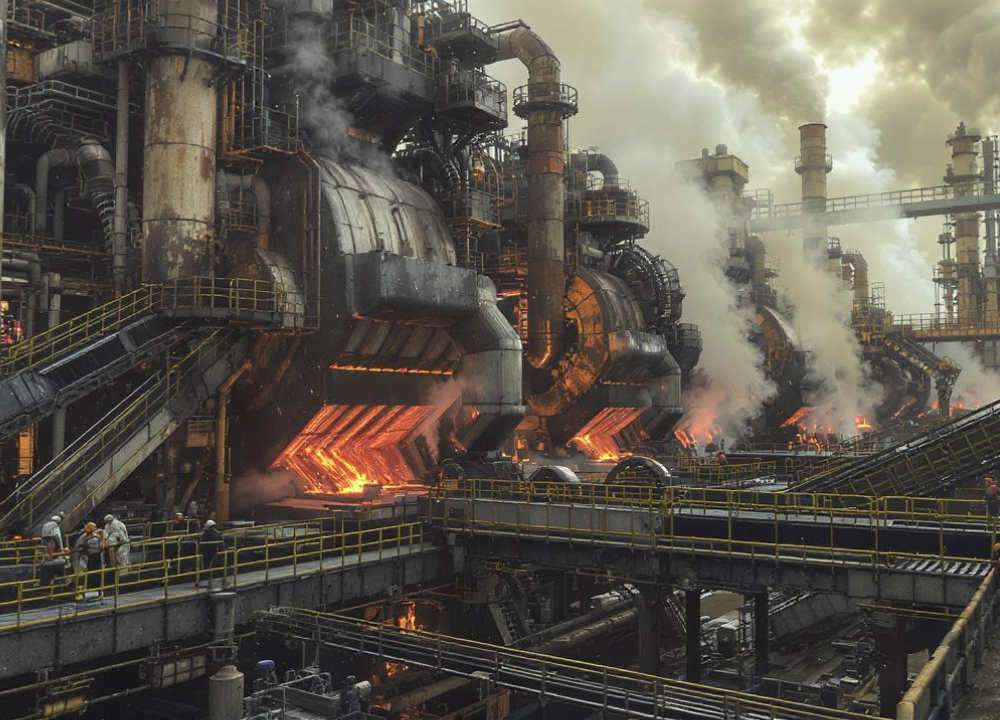On Wednesday, India’s second domestically built 700 MW nuclear reactor at the Kakrapar Atomic Power Station (KAPS) in Gujarat began operating at its maximum capacity, according to the plant’s operator. The Nuclear Power Corporation of India Limited (NPCIL) reported that Unit 4 at KAPS, which had been running at 90 percent of its capacity, has now reached its full output of 700 megawatts electrical (MWe).
The NPCIL highlighted that the successful transition of KAPS-4 to full power operation, following the smooth functioning of its twin unit KAPS-3 at full capacity, underscores the robustness of the innovative 700 MW Pressurized Heavy Water Reactor (PHWR) design developed in India.
KAPS-4 initially achieved its first criticality on December 17 of the previous year and began commercial operations on March 31. The increase in power level to its full capacity was carried out in accordance with the guidelines and permissions of the Atomic Energy Regulatory Board (AERB).
Looking ahead, India is advancing its nuclear power capabilities by constructing 14 additional reactors of the same 700 MW design, which are projected to become operational in stages by 2031-32. Presently, NPCIL manages a fleet of 24 reactors with a combined capacity of 8,180 MW.
In addition, the corporation has eight reactors under construction, contributing an additional 6,800 MW. Furthermore, 10 new reactors are in the early stages of planning, with a total expected capacity of 7,000 MW.
The cumulative effect of these developments is anticipated to significantly boost India’s nuclear power generation capacity, with the total installed capacity projected to reach 22,480 MW by the year 2031-32, according to the NPCIL.








